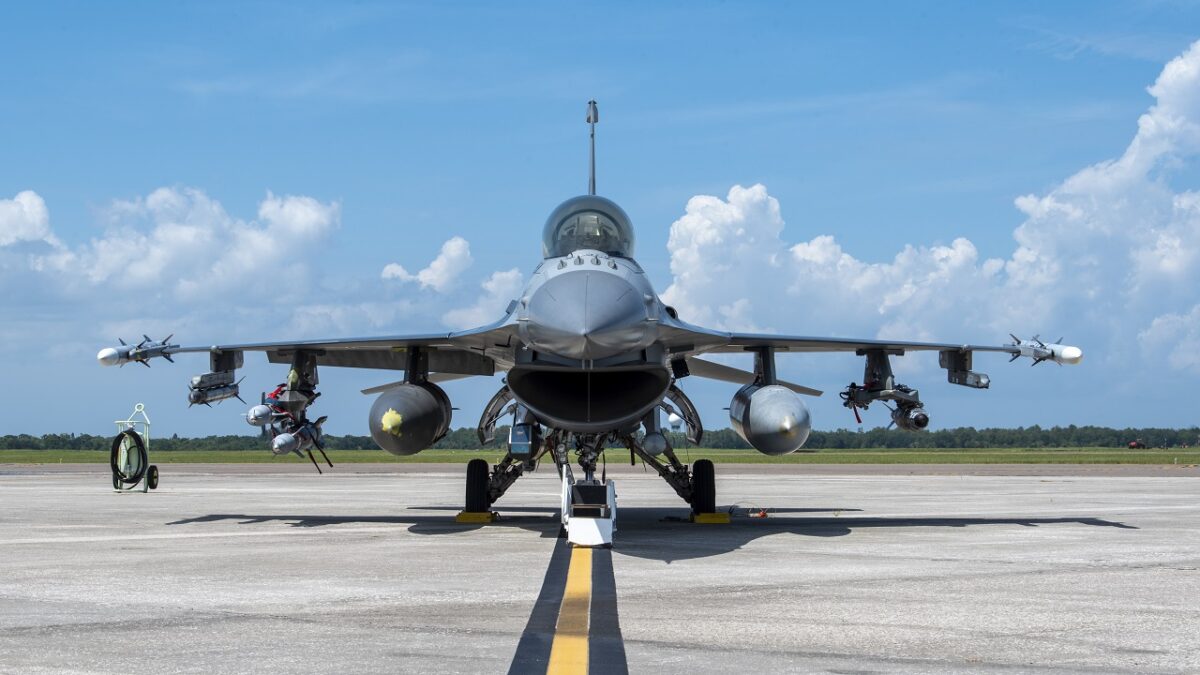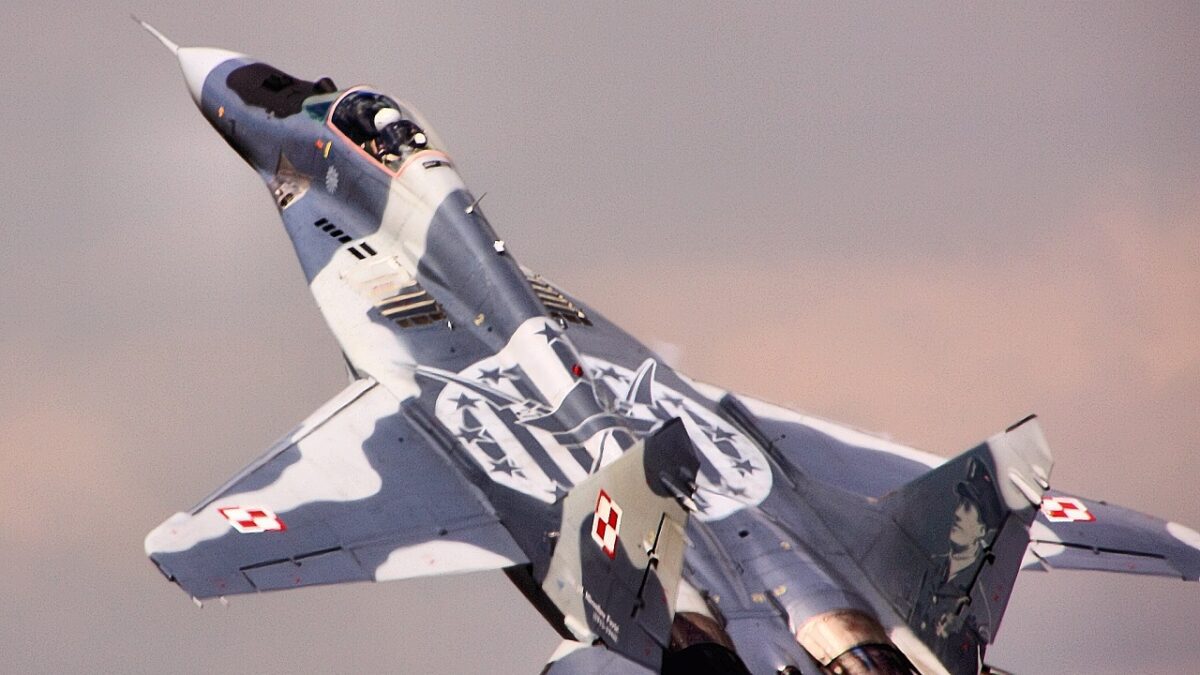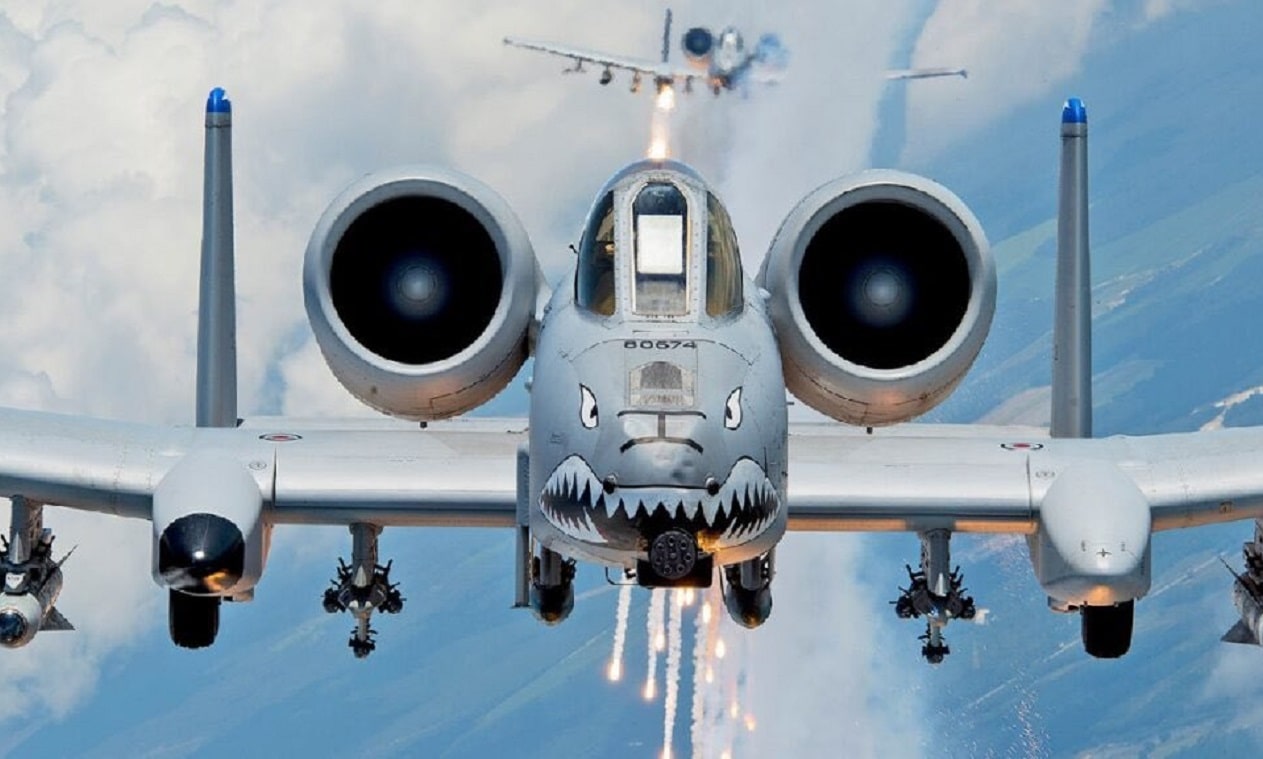What hope is there for the war in the air in Ukraine? More than by land or by sea, Western support for Ukraine in the air could give Kyiv a decisive advantage – certainly in that domain, and possibly in the war as a whole. With the addition of new aircraft, new weapons, and newly trained pilots, the Ukrainian air force could improve its position relative to the Russians, who are struggling to replace aircraft losses.
Of course, the air domain is not necessarily decisive in modern warfare, and such support would only mitigate Russia’s artillery advantage. Moreover, creating a modern, capable air force is a demanding task even during peacetime. Nevertheless, the West faces some clear choices about how to support Ukraine’s effort in the air war.
Go Small: Further Development of Existing Capabilities
The West may continue the limited policies it has established thus far. These include the transfer of weapons and the facilitation of maintenance on Ukraine’s existing fighter fleet. Support could even extend to the transfer of additional aircraft from former Warsaw Pact countries, along with support for integrating those planes into the force. This would enable Ukraine to continue is aerial “guerrilla war,” attacking only where it has a significant advantage, and using its other capabilities to attack Russian airfields.
Policies along this line would make it difficult for Russia to use its superior number of aircraft and cruise missiles to build any advantage of its own. It could also limit the damage Russian aerospace forces can inflict on Ukrainian civilian areas, because such Western support makes airstrikes and even cruise-missile attacks a dicey proposition.
However, assistance at this level does not offer the Ukrainians any decisive advantage over the battlefield. It simply allows Ukraine to maintain the status quo indefinitely. While continuing in this way would help manage Western worries about escalation, it will eventually prove frustrating, both for the Ukrainians and for their most enthusiastic Western supporters.
Qualitative Improvement: Major Air-to-Air Support
Alternatively, the West could begin to transfer significant numbers of the kinds of jets that can fight for air superiority. To some degree, any old fighter will do: The F-15, F-16, F/A-18, Eurofighter Typhoon, Dassault Rafale, and Saab Gripen are all reasonable options for repopulating Ukraine’s air force. These fighters have differences both subtle and important, but properly equipped, any of them would give Ukraine a chance to establish air superiority over the battlefield. Maintaining that superiority would mean that Ukraine could insulate its airspace from attack by the Russians, offering civilians a greater degree of protection. Pilots would need to be trained on the new airframes, but the war has gone on long enough to make that possible. Developing Ukraine’s counter-air capabilities would change the war and create a long-term security management problem for Russia. But it still might not be enough to help Ukraine win the war.

A U.S. Air Force F-16 Fighting Falcon aircraft sits parked on flight line at MacDill Air Force Base, Sept. 8, 2021. (U.S. Air Force photo by Airman 1st Class Lauren Cobin).
Escalatory Risks: Major Air-to-Ground Capabilities
Finally, the U.S. and its allies could make a major investment in Ukraine’s air force, trying to turn the air domain into a decisive edge in the battle against Russia. This could include seemingly outlandish plans such as the transfer of A-10 “Warthog” attack aircraft to Kyiv. It would also require a concerted effort to build up Ukraine’s air-defense suppression capability, which started the war at nearly zero but has certainly enjoyed a boost from the transfer of anti-radiation missiles that can target Russian radars.
Aircraft like the A-10, supported by fast jet fighters, would do serious damage to Russian ground forces. Along with drones and stand-off missiles, attack aircraft could make a severe dent. This in turn could give Ukraine the chance to begin ground offensives that might turn the tide of the conflict. Still, this would represent a significant Western investment, and it would carry risks of escalation.
A Continuing Question
Barring a major change in the course of the war, Ukraine will continue to exist in the future, and it will have a degree of control over its own defense policy. Whether part of NATO or not, this country will sit at the front line between Russia and Europe. Unless the Russians manage to achieve military successes that allow them to dictate terms to Kyiv, Ukraine will have an air force – and it will need to find modern aircraft somewhere. It seems awfully unlikely that a future Ukraine will be satisfied with the aging post-Soviet warplanes that constitute its forces. The question of which Western fighter Ukraine adopts will need to be answered sooner or later.

MiG-29 fighter. Image Credit: Creative Commons.
A 1945 Contributing Editor, Dr. Robert Farley has taught security and diplomacy courses at the Patterson School since 2005. He received his BS from the University of Oregon in 1997, and his Ph. D. from the University of Washington in 2004. Dr. Farley is the author of Grounded: The Case for Abolishing the United States Air Force (University Press of Kentucky, 2014), the Battleship Book (Wildside, 2016), and Patents for Power: Intellectual Property Law and the Diffusion of Military Technology (University of Chicago, 2020). He has contributed extensively to a number of journals and magazines, including the National Interest, the Diplomat: APAC, World Politics Review, and the American Prospect. Dr. Farley is also a founder and senior editor of Lawyers, Guns and Money.

